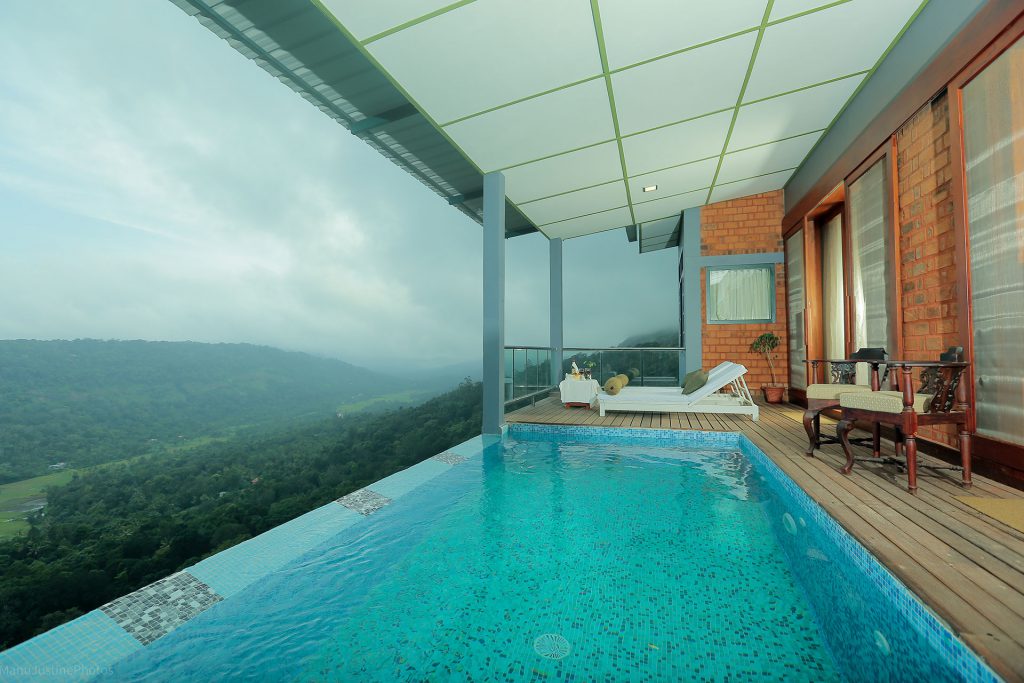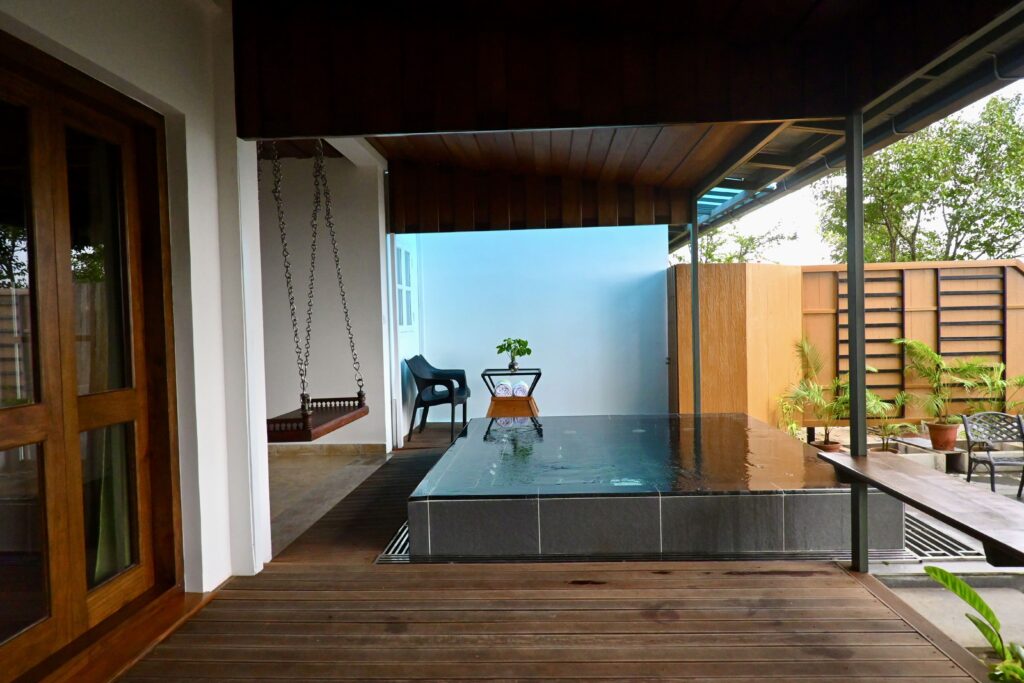
Let’s start with a simple scene. Picture a quiet Kerala morning. The ground is still damp from the rain, the scent of sandalwood lingers in the air, and under the shade of tall palm trees, a group of people move in near silence. Their limbs are swift, controlled, and full of intent. It’s not a stage performance. It’s not yoga. This is Kalaripayattu—arguably the oldest martial art in India, and maybe the world.
It’s a discipline that’s as much about timing and breath as it is about strikes and dodges.
What Exactly Is Kalaripayattu?
Kalaripayattu (pronounced kah-lah-ree-pie-ah-tu) isn’t your average combat sport. With roots stretching back more than 3,000 years, it’s believed by many to be the foundation for later Asian martial arts, including Chinese kung fu. That’s a bold claim, but it holds some weight. There are historical accounts of Indian monks, including Bodhidharma, traveling to China and introducing both spiritual and physical training systems.
Still, the art itself is very much Indian. It’s not just about throwing punches or swinging weapons. It’s a full-body system that trains flexibility, agility, and awareness through a mix of strikes, locks, stances, and forms. There’s also a deep connection to healing practices like Ayurveda, and an understanding of marmam—vital pressure points that can be used to either heal or disable.
So yes, it’s about self-defense, but also about body control, discipline, and a kind of physical intelligence that takes years to refine.
It’s Physical, But Not Just Physical
Watching a skilled Kalari practitioner can be hypnotic. The movements are fast and sharp, but never rushed. Everything follows a rhythm. You’ll see lunges, high kicks, rolls, and leaps woven into fluid patterns. It’s one part acrobatics, one part combat, and one part meditation in motion.
Weapons come into play later. Students usually start with unarmed combat before progressing to wooden staffs, daggers, curved swords, and eventually the urumi, a flexible, whip-like blade that demands total control and trust in your own reflexes. It’s beautiful and terrifying.
But the training isn’t just about building strength or speed. Kalari emphasizes mental focus and calm. The idea is that if you can master your body and breath, you can respond with clarity in any situation—on or off the mat.
Why Kerala? Why Here?
Kalaripayattu was born in Kerala, in the southwestern corner of India, and the region still treats it with a quiet reverence. The word kalari refers to the training ground, and it’s not just a space for sparring. Traditional kalaris are often built below ground level, their floors packed with red earth. There are oil lamps, small altars, and images of deities or gurus. Training begins and ends with bows, both to the space and to one another.
Historically, the warrior caste known as the Nairs practiced Kalari as part of their cultural and military duties. It wasn’t just training—it was an identity. But over the centuries, especially during colonial rule, Kalari was actively discouraged. The British viewed it as a threat and worked to suppress it, along with other indigenous practices.
Despite that, the tradition survived. Sometimes it was passed on in secret, sometimes embedded in dance and drama. Today, it’s experiencing a quiet resurgence, both in India and abroad.
The Modern Practitioner
These days, Kalaripayattu has attracted a new kind of student. While a few still train with the seriousness of a warrior, many come looking for something more holistic. Actors, dancers, martial artists, athletes, and even yoga teachers find their way into the kalari. It offers a kind of cross-training that sharpens both the body and the mind.
And it’s surprisingly inclusive. Women have been part of Kalari for centuries. In fact, some of the oldest ballads from Kerala praise female warriors like Unniyarcha, who was known for her skill with the urumi. In modern schools, women often train right alongside men, learning the same techniques and advancing just as fast.
Relevance Isn’t Always About Combat
It’s fair to ask whether a 3,000-year-old fighting system still matters today. After all, most people aren’t walking around with swords. But relevance doesn’t have to mean literal use.
Kalari builds awareness—of space, of movement, of the self. It’s a physical practice that doesn’t just work your muscles but demands focus and discipline. And in an era of constant distraction, that kind of groundedness is rare. It offers something modern fitness routines often lack: meaning.
For some, it becomes a lifelong discipline. For others, it’s a way to reconnect with culture or simply find a new way to move. Either way, it leaves a mark.
A Final Word
Kalaripayattu isn’t flashy. It doesn’t rely on gimmicks or performance. It’s quiet, focused, and intensely rooted in place. But that’s exactly why it still matters.
In Kerala, you can still find young students lining up at dawn, barefoot in the red dust, bowing before they begin. They’re not reenacting history. They’re continuing it. And somehow, that makes it feel timeless.



